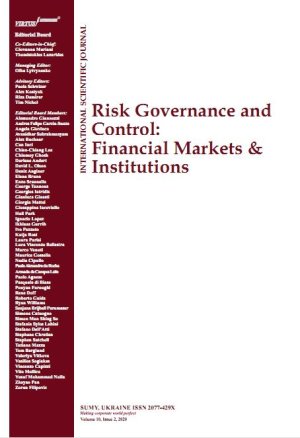
LIBERTY THROUGH LIMITS: THE BILL OF RIGHTS AS LIMITED GOVERNMENT PROVISIONS
Download This ArticleAbstract
Under the modern view, individual autonomy has become the primary if not exclusive focus of the Bill of Rights. But the Bill of Rights came about not because of a desire to preserve individual autonomy, nor to insulate the individual from the democratic community. The impetus for the Bill of Rights arose from the same set of concerns that motivated the original Constitution. These concerns involved creating the appropriate structures so as to keep the new central government in check. The Bill of Rights sought to further ensure that the federal government would have limited power and operate in a limited role. Not only does this limited government model coincide with the original intent underlying the Bill of Rights, but it also provides for a more objective and manageable application. Under an individual autonomy view of the Bill of Rights, courts must define the ingredients necessary for such autonomy. However, this endeavor is fraught with ambiguity, and courts must constantly pit the individual against democratic society. But under the limited government model, the judicial role is more objective. Instead of trying to define an ambiguous individual autonomy, courts simply need to focus on whether a particular right is needed so as to maintain limited government. In addition, the limited government model does not put the Bill of Rights in conflict with democratic society. Instead, it just uses the Bill of Rights to maintain a check on government, just as the original Constitution seeks to do.
Keywords: Liberty, Bill of Rights, Government Provisions
How to cite this paper: Garry, P. M. (2013). Liberty through limits: The bill of rights as limited government provisions. Risk Governance and Control: Financial Markets & Institutions, 3(1-1), 122-143. https://doi.org/10.22495/rgcv3i1c1art6



















